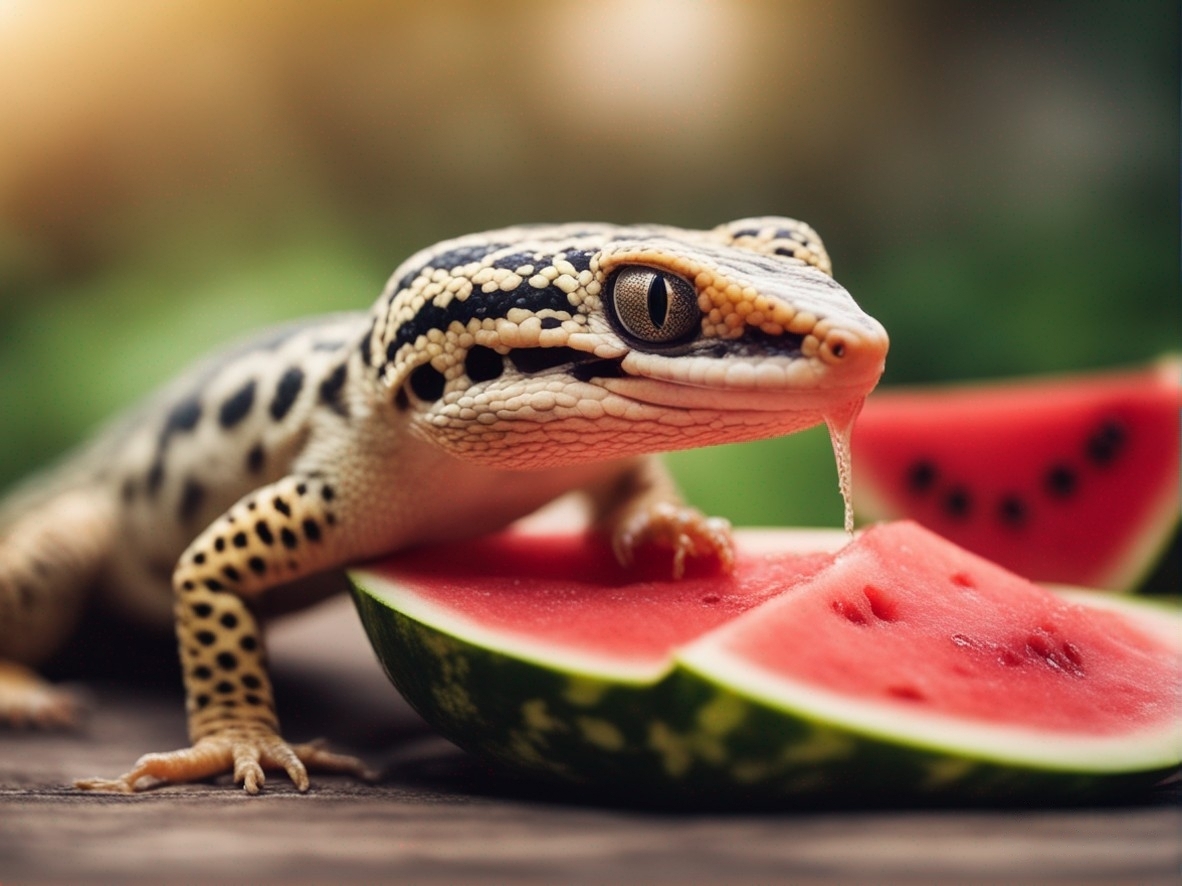Did you know that crested geckos are one of the most popular reptile pets in the world?
If you're considering rearing these fascinating creatures, this step-by-step guide is here to help. From setting up the perfect habitat to ensuring their health and wellness, this article provides all the information you need to successfully raise crested gecko juveniles.
Get ready to embark on an exciting journey of nurturing and caring for these amazing little reptiles.
Key Takeaways
- Use a terrarium and choose cage decorations that mimic their natural environment
- Offer a balanced diet of commercially available crested gecko diet, live insects, and occasional fruits
- Maintain proper temperature and humidity levels in the enclosure
- Handle and socialize regularly to build trust and a positive bond
Setting up the Perfect Habitat
You'll need a terrarium to create the perfect habitat for your crested gecko juveniles. When it comes to cage decorations, choose items that mimic their natural environment, such as branches, vines, and plants. These will provide hiding spots and climbing opportunities for your geckos. Make sure to avoid using any sharp or toxic materials that could harm them.
In terms of lighting requirements, crested geckos are nocturnal, so they don't need UVB lighting like other reptiles. However, they still require a proper light cycle to maintain their natural behavior and health. A low-wattage incandescent bulb or a specialized reptile heat lamp can provide the necessary warmth during the day. At night, you can switch to a red or blue bulb to simulate moonlight and create a natural day-night cycle.
Selecting and Preparing the Right Food
To ensure proper nutrition for your crested gecko juveniles, carefully choose and prepare the right food. There are several food options available for your geckos, including commercially available crested gecko diet, insects, and fruits.
Commercially available crested gecko diet is a convenient and balanced option as it contains all the necessary nutrients. You can also offer live insects such as crickets and dubia roaches as a source of protein. Additionally, fruits like apricots, bananas, and mangoes can be provided as occasional treats.
It's important to maintain a feeding schedule for your crested gecko juveniles. Offer food every other day, and remove any uneaten food after 24 hours to prevent spoilage. Remember to provide clean and fresh water at all times, and monitor your gecko's eating habits to ensure they're getting the necessary nutrients for their growth and development.
Temperature and Humidity Control
To maintain optimal conditions for your crested gecko juveniles, you should carefully control the temperature and humidity levels in their enclosure. Here are four key factors to consider when it comes to temperature regulation and moisture management:
- Temperature range: Keep the enclosure temperature between 72-78°F (22-26°C) during the day and slightly cooler at night. Use a thermometer to monitor the temperature accurately.
- Heat source: Provide a heat source such as an under-tank heater or a heat lamp to create a warm spot in the enclosure. This will allow the geckos to thermoregulate by moving between warmer and cooler areas.
- Humidity levels: Maintain a humidity level of 60-80% in the enclosure. Mist the enclosure with water daily or use a reptile fogger to achieve the desired humidity level.
- Ventilation: Ensure proper ventilation in the enclosure to prevent excessive moisture buildup and ensure good air circulation.
By controlling temperature and humidity levels in the enclosure, you can create a comfortable and healthy environment for your crested gecko juveniles.
Now let's move on to the next section, which covers handling and socialization techniques.
Handling and Socialization Techniques
Now that you have successfully controlled the temperature and humidity for your crested gecko juveniles, it's important to learn proper handling and socialization techniques.
Gentle handling is crucial to prevent stress and injury to the geckos. By interacting with them regularly, you can build trust and create a positive bond with your geckos, making them more comfortable with human interaction.
Gentle Handling Techniques
You should regularly handle and socialize your crested gecko juveniles to help them become comfortable with human interaction. This will establish trust and strengthen the bond between you and your gecko. Here are some gentle handling techniques to follow:
- Start slow: Begin by placing your hand near the gecko's enclosure for a few minutes each day. This will allow them to get used to your scent and presence.
- Hand feeding: Offer food using tweezers or your fingers. This will encourage the gecko to associate your presence with positive experiences.
- Gradual touch: Once your gecko is comfortable with hand feeding, gently stroke their back with a finger. Gradually increase the duration and intensity of touch over time.
- Safe spaces: Create hiding spots within their enclosure to provide a sense of security during handling sessions.
Building Trust Through Interaction
If you want to build trust with your crested gecko, try using gentle handling and socialization techniques. Gaining confidence and establishing effective communication techniques are key to building a strong bond with your gecko. Here are some tips to help you in this process:
| Gaining Confidence | Communication Techniques |
|---|---|
| 1. Start Slow: Begin by allowing your gecko to get used to your presence. Sit near the enclosure and talk softly to them. | 1. Body Language: Pay attention to your gecko's body language. A relaxed gecko will have a loose body posture and may lick its lips. |
| 2. Hand Feeding: Offer food from your hand, allowing your gecko to associate your presence with positive experiences. | 2. Vocalization: Use gentle, soothing tones when talking to your gecko. This can help them feel more comfortable and secure. |
| 3. Gradual Handling: Once your gecko is comfortable with your presence, you can start handling them. Begin with short sessions and gradually increase the duration. | 3. Scent Transfer: Rubbing your hands on objects in the enclosure can help transfer familiar scents, further establishing trust. |
Health and Wellness Care
Now let's talk about the essential aspects of health and wellness care for your crested gecko juveniles.
The first point to address is their diet and nutrition. It is important to ensure that they receive a balanced and varied diet. This can be achieved by providing them with a combination of commercially available crested gecko diet, insects, and fresh fruits.
Additionally, environmental enrichment is crucial to promote their physical and mental well-being. It is important to provide them with hiding spots, climbing branches, and a suitable temperature and humidity range in their enclosure.
Diet and Nutrition
Feeding Crested Gecko juveniles a balanced diet is crucial for their overall health and development. Here are four important factors to consider when it comes to their diet and nutrition:
- Feeding Schedule: It's important to establish a regular feeding schedule for your Crested Gecko juveniles. Offer them a variety of food items such as fruit puree, baby food, and commercially available Crested Gecko diet. Feed them every other day, making sure to remove any uneaten food after 24 hours.
- Calcium Supplementation: Calcium is essential for the healthy growth and development of Crested Gecko juveniles. Dust their food with a calcium supplement at least twice a week. This will help prevent metabolic bone disease, a common ailment in reptiles.
- Gut Loading: If you choose to feed your Crested Gecko juveniles live insects, it's crucial to gut load them. This means feeding the insects a nutritious diet before offering them to your geckos. This ensures that your geckos receive the necessary nutrients from their prey.
- Water: Provide a shallow dish of fresh water at all times. It's important to monitor the water level and cleanliness regularly to ensure your Crested Gecko juveniles remain hydrated.
Environmental Enrichment
To ensure the health and wellness of your Crested Gecko juveniles, it's important to provide them with environmental enrichment. This involves creating a habitat that allows them to engage in natural behaviors and explore their surroundings.
One way to achieve this is by incorporating climbing accessories in their enclosure. Crested Geckos are arboreal creatures, so providing them with branches, vines, and platforms will allow them to climb and explore their environment. These accessories should be securely placed to prevent any accidents.
Additionally, hideout options are important for giving your geckos a sense of security and privacy. You can provide them with various hideouts such as hollow logs, caves, or artificial plants. These hideouts should be easily accessible and located throughout the enclosure to ensure that your geckos can retreat to a safe space whenever they feel the need.
Growth and Development Milestones
As you raise your crested gecko juveniles, you'll notice various growth and development milestones along the way. Here are four key milestones to keep an eye on:
- Weight gain: Your gecko should steadily gain weight as it grows. Weigh them regularly to ensure they're reaching appropriate milestones.
- Size increase: As your gecko matures, you'll notice a gradual increase in its size. Measure their length from snout to tail to track their growth progress.
- Feeding schedule: As juveniles, crested geckos have a higher appetite and require more frequent feeding. Follow a regular feeding schedule to ensure they receive proper nutrition.
- Shedding process: Crested geckos shed their skin periodically to accommodate their growing bodies. Look out for signs of shedding such as dull skin and help facilitate the process by providing a humid environment.
Frequently Asked Questions
Can I House Multiple Crested Gecko Juveniles Together?
Yes, you can house multiple crested gecko juveniles together. However, it's important to consider their socialization needs and provide an optimal habitat design that allows for individual hiding spots, ample space, and proper temperature and humidity levels.
How Often Should I Clean the Habitat of My Crested Gecko?
You wouldn't want your crested gecko's habitat to become a breeding ground for bacteria and odors, would you? So, to prevent that, you should clean their habitat regularly.
Can I Handle My Crested Gecko Immediately After Bringing It Home?
When bringing home a crested gecko, it's important to give it time to acclimate to its new environment. Avoid handling immediately and follow proper acclimation process to ensure the gecko's well-being.
What Should I Do if My Crested Gecko Refuses to Eat?
If your crested gecko refuses to eat, it can be concerning. Handling picky eaters is like trying to convince a toddler to eat veggies. It's important to address this issue promptly to prevent potential health issues.
At What Age Can I Start Breeding My Crested Gecko Juveniles?
To determine the optimal age for breeding your crested gecko juveniles, you need to assess their breeding readiness. Factors like size, weight, and overall health play a crucial role. It's essential to ensure their well-being before considering breeding.
Conclusion
So there you have it, folks!
Rearing crested gecko juveniles may seem daunting at first, but with the right knowledge and preparation, it can be a rewarding experience.
Remember to create a perfect habitat, provide the right food, maintain temperature and humidity levels, handle and socialize your geckos properly, and prioritize their health and wellness.
By following these steps, you'll witness the incredible growth and development milestones of your beloved geckos.
So, go ahead and embark on this adventure – your little gecko friends will thank you for it!


